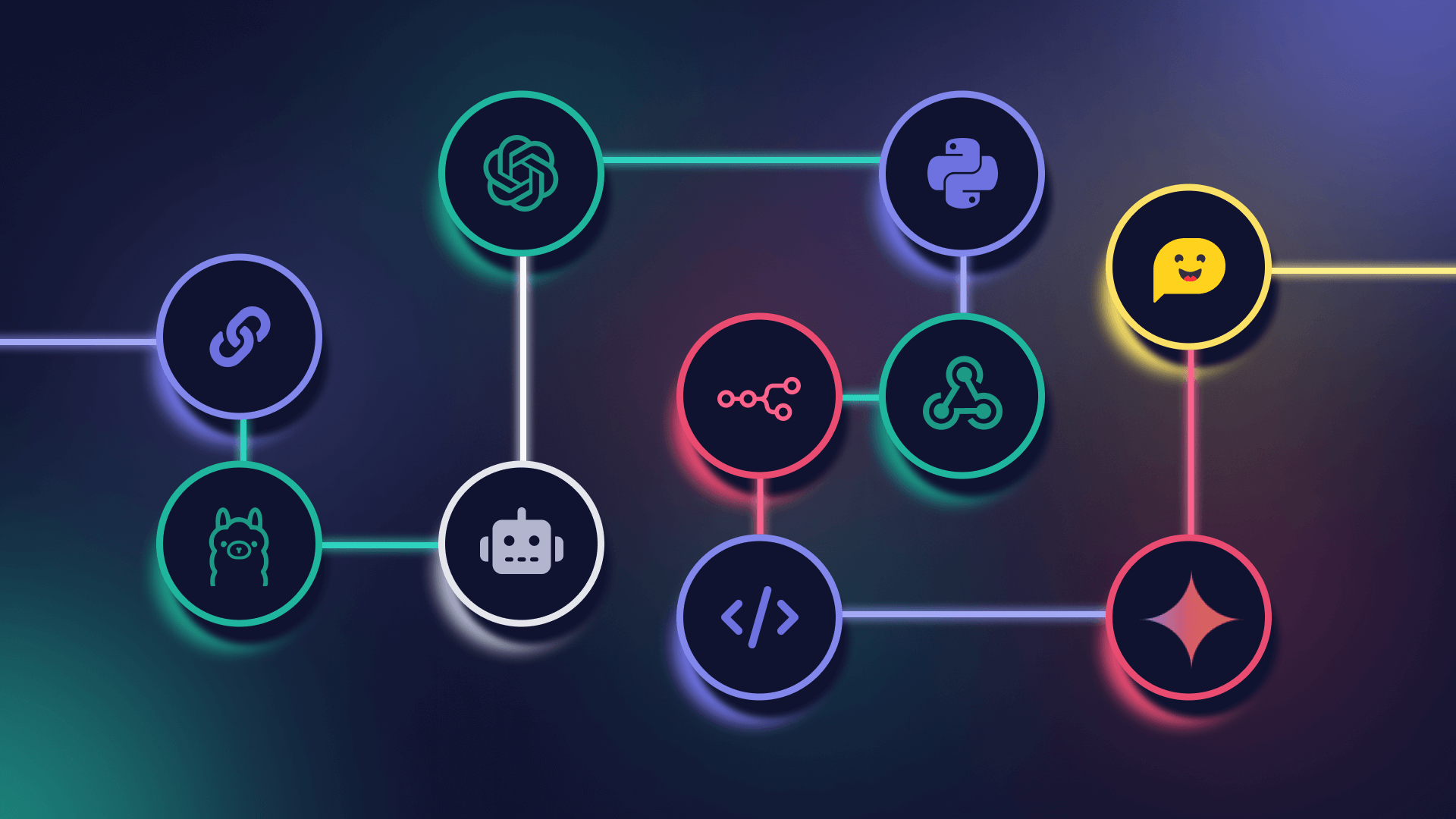AI Workflow Automation: A Complete Guide for Modern Businesses

In today’s fast-moving digital world, every business wants to work faster, smarter, and with fewer errors. Whether you are running a startup, a growing company, or an established enterprise, you have one common goal to get more done with less manual effort.
This is exactly where AI workflow automation comes in. It helps you automate repetitive work, streamline operations, and improve productivity without requiring large teams or long working hours.
In this blog, we will explain AI workflow automation in simple words, why it matters, how it works, the top tools, real-world uses, and how your business can get started.
What Is AI Workflow Automation?
AI workflow automation means using artificial intelligence to automate everyday tasks and business processes.
Think of it as a smart assistant that:
- Reads information
- Understands what needs to be done
- Makes decisions
- Executes tasks automatically
- Learns from past actions
It not only performs the tasks but also gets better and faster over time.
Examples of AI Workflow Automation
- Auto-assigning customer support tickets based on urgency
- Reading documents and extracting important details
- Automating invoice approvals
- Sending personalized emails to leads
- Predicting stock demand and placing orders
- Approving employee requests automatically
Basically AI handles the routine work, so humans can focus on important work.
Why Businesses Need AI Workflow Automation Today
Here are the top reasons why companies want to automate with AI:
1. Saves Time
AI cuts down hours of manual work.
Tasks that took 30 minutes can now be done in seconds.
2. Reduces Errors
Human mistakes can be costly.
AI ensures clean, accurate, and consistent work.
3. Boosts Productivity
Teams can complete more work in less time.
The overall output increases instantly.
4. Improves Customer Experience
AI helps respond faster, process orders quicker, and deliver better service.
5. Saves Costs
You can reduce manual labor, improve efficiency, and avoid operational delays.
6. Helps Team Focus on High-Value Work
Instead of daily repetitive tasks, employees can focus on:
- Strategy
- Creative work
- Sales
- Customer relationships
How AI Workflow Automation Works
Even though the concept sounds technical, the process is simple. AI workflow automation works in four main steps:
Step 1: Input Collection
AI collects data from:
- Emails
- CRM
- Forms
- Documents
- Customer chats
- Spreadsheets
Step 2: Understanding the Task
AI reads and understands the information using:
- Machine Learning
- Natural Language Processing (NLP)
- Pattern recognition
Step 3: Decision Making
AI decides what action to take based on rules you set.
For example:
“If invoice is below $1,000 → approve automatically.”
Step 4: Automation Execution
AI completes the task:
- Sends emails
- Updates records
- Creates reports
- Approves requests
- Assigns tasks
- Notifies the right team
Real-World Use Cases of AI Workflow Automation
Here are the areas where businesses use AI automation every day:
1. Customer Support Automation
AI can:
- Auto-respond to common questions
- Assign tickets to the right agent
- Auto-close solved issues
- Prioritise urgent messages
- Provide 24/7 customer support
This reduces the workload on agents and improves customer satisfaction.
2. Sales Automation
AI helps sales teams by:
- Sending follow-up emails
- Qualifying leads automatically
- Updating CRM
- Predicting conversion chances
- Scheduling meetings
Your sales team can close deals faster.
3. Marketing Automation
AI can:
- Personalize email campaigns
- Create automated workflows
- Segment customers
- Predict user behavior
- Schedule social media posts
This improves engagement and marketing ROI.
4. Finance & Accounting Automation
AI can automate:
- Invoice processing
- Payment reminders
- Expense management
- Fraud detection
- Financial reporting
This makes financial operations faster and error-free.
5. HR & Employee Management
AI helps HR teams by automating:
- Resume screening
- Interview scheduling
- Employee onboarding
- Training workflows
- Attendance & leave approvals
HR gets more time to focus on employee experience.
6. Document Automation
AI can read, analyze, and process documents such as:
- Contracts
- Invoices
- Agreements
- Forms
- Reports
It extracts key data and stores it automatically.
7. IT & Operations Automation
AI automates:
- Server monitoring
- Ticket creation
- System alerts
- Patch updates
- Performance tracking
This ensures smooth internal operations.
Top Tools Used for AI Workflow Automation
Businesses commonly use tools such as:
- Zapier with AI features
- Make.com
- UiPath
- Power Automate
- Notion AI
- Salesforce Einstein
- HubSpot + AI
- Zoho Flow
- Kissflow
- Automation Anywhere
These tools allow even non-technical teams to build automated workflows.
Benefits of AI Workflow Automation for Businesses
Let’s break down the biggest advantages:
1. Faster Processes
Your workflow becomes instant instead of slow and manual.
2. Lower Operational Costs
AI reduces dependency on manual labor.
3. Better Decision-Making
AI provides insights and suggestions using real-time data.
4. Round-the-Clock Operations
AI works 24/7 without breaks.
5. Higher Customer Satisfaction
Faster responses → happier customers.
6. Increased Accuracy
AI ensures correct, clean, mistake-free results.
7. Improved Employee Morale
Teams feel happier when they work on meaningful tasks instead of boring admin work.
Challenges in AI Workflow Automation (and How to Solve Them)
Even though AI brings many benefits, businesses may face some challenges:
1. Lack of Technical Knowledge
Solution: Use no-code tools and easy AI platforms.
2. Data Privacy Concerns
Solution: Choose secure tools with strong encryption.
3. Integration Issues
Solution: Use platforms that connect easily with your CRM, ERP, and software.
4. Resistance from Teams
Solution: Train employees and explain benefits.
How to Get Started With AI Workflow Automation
If you are new to AI automation, follow these simple steps:
Step 1: Identify Tasks to Automate
Choose repetitive tasks such as:
- Email replies
- Data entry
- Reporting
- Lead updates
Step 2: Select the Right AI Tools
Pick a platform that fits your business size and needs.
Step 3: Build Simple Workflows
Start with small automation such as:
- Auto-reply emails
- Auto task assignment
- Auto notifications
Step 4: Test and Improve
Monitor performance and make changes.
Step 5: Scale Automation
Once comfortable, automate:
- Sales
- Support
- HR
- Finance
- Operations
The Future of AI Workflow Automation
AI will change the way businesses work. In the future, automation will be:
- More intelligent
- More personalized
- More predictive
- Completely hands-free
Companies that adopt AI early will stay ahead of competitors.
Final Thoughts
AI workflow automation is no longer a luxury it’s a necessity for modern businesses. With the help of AI, companies can simplify operations, save time, reduce costs, and deliver a better experience to both customers and employees.
Whether you are a small business or a large enterprise, AI automation can transform your daily workflows and boost your overall efficiency.




